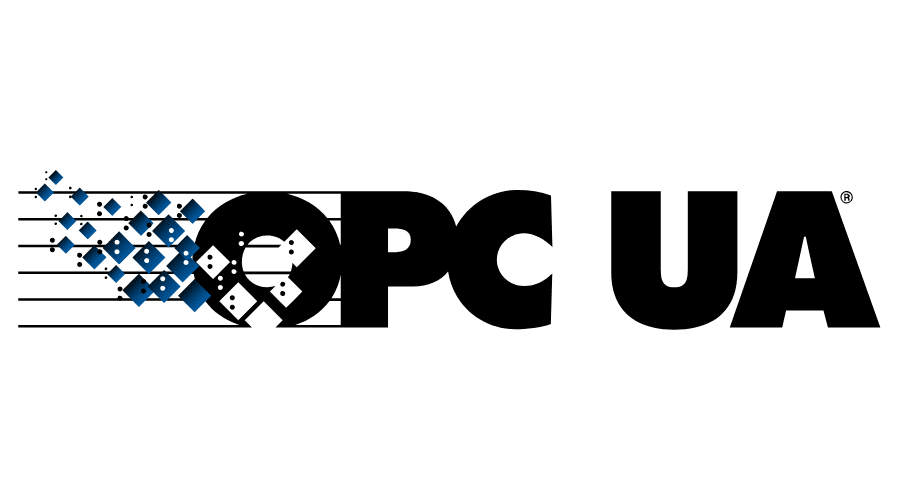OPC UA
Solace Micro-Integration for OPC US provides both source and target integration with Solace Event Broker.
OPC is the interoperability standard for the secure and reliable exchange of data in the industrial automation space and in other industries. It is platform independent and ensures the seamless flow of information among devices from multiple vendors. The OPC Foundation is responsible for the development and maintenance of this standard.
The OPC Unified Architecture (UA), released in 2008, is a platform independent service-oriented architecture that integrates all the functionality of the individual OPC Classic specifications into one extensible framework.
This micro-integration is part of the family of self-contained micro-integrations built on a common architecture and supporting many enterprise features such as:
- A local management server accessible over HTTP(s) and JMX exposing endpoints for:
- Health check
- Metrics monitoring
- Log file access
- Workflow adminstration (start & stop workflows)
- A common set of configuration options for:
- logging – log levels, log file size, archive and rollover rules, appenders to export to other log services
- security setup for management endpoints – authentication and authorization to the endpoints, TLS for HTTPS endpoints
- Various runtime deployment options:
- Standalone
- Active_Standby – for redundancy (you can have more than 1 standby instance)
- Active_Active – for horizontal scaling (where the source of data will support multiple active consumers such as a non-exclusive queue)
Features & Use Cases
The connector features:
- Bi-directional data flow from OPC UA to Solace and Solace to OPC UA
- The connector uses the OPC UA pull API to fetch data from the OPC UA server
- Multiple workflows can be configured, where each workflow represents data flow from a source (OPC UA node) to destination (Solace topic) or source (Solace queue) to destination(OPC UA node)
- Connector can be configured in Standalone, Active – Standby and Active – Active modes
The connector is available (below) as:
- A runnable package based on a Java JAR file including a start script
- A container image suitable for running in a container runtime such as Docker or Podman (note this image is not available on Docker Hub at this time. Solace is working on adding it there. In the meantime, there is a download link in the “resources” section of this connector to download the image directly)

